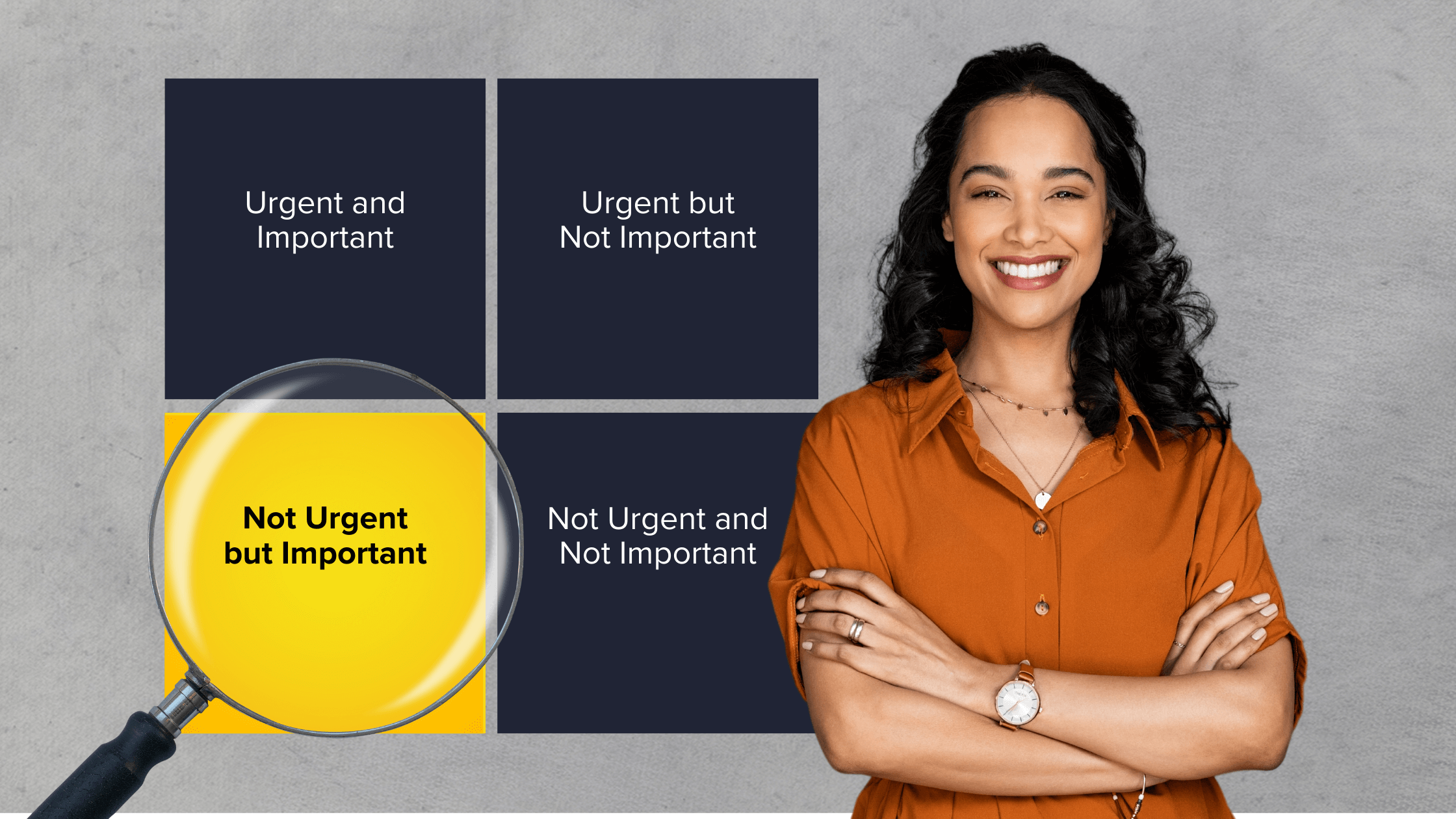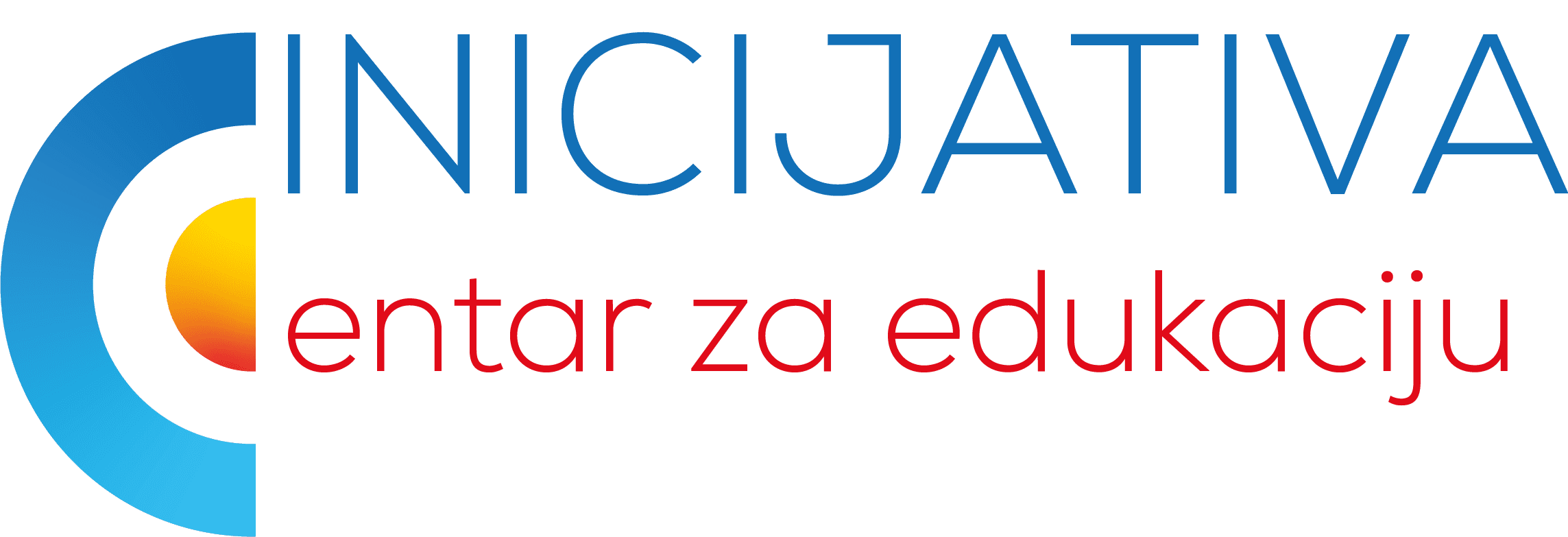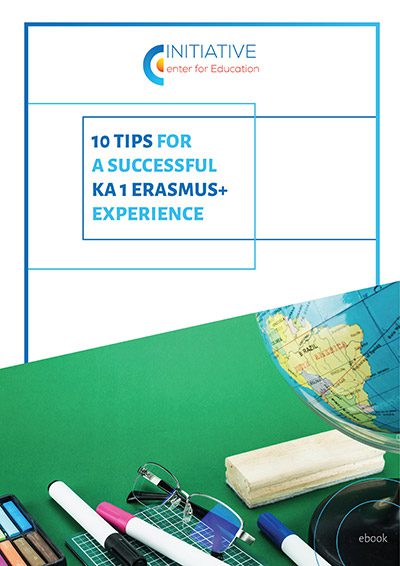In the fast-paced world of entrepreneurship, time is a currency. Managing it effectively is the difference between reaching your goals or falling short. Here’s a guide on using strategic time management techniques to achieve your entrepreneurial dreams.
1. Prioritize with the Eisenhower Matrix
The Eisenhower Matrix categorizes tasks into four quadrants based on urgency and importance:
- Quadrant 1: Urgent and Important – Tasks requiring immediate action, like addressing client needs.
- Quadrant 2: Not Urgent but Important – Focus here for growth, like developing new strategies.
- Quadrant 3: Urgent but Not Important – Delegable tasks, often routine.
- Quadrant 4: Not Urgent and Not Important – Tasks that can often be eliminated.
By emphasizing Quadrant 2, entrepreneurs can stay proactive, focusing on tasks that drive long-term success.

2. Boost Focus with the Pomodoro Technique
For entrepreneurs who juggle multiple responsibilities, the Pomodoro Technique is invaluable:
- Work intensely for 25 minutes, followed by a 5-minute break.
- Repeat this cycle, allowing for longer breaks after several sessions.
This method curbs procrastination, maintains focus, and builds a rhythm that keeps you engaged throughout the day.
3. Time-Blocking for Structured Success
Time-blocking involves dedicating specific blocks of time for distinct tasks or projects. This method reduces decision fatigue, making it easier to stick to priorities and allocate time effectively:
- Reserve mornings for creative tasks, afternoons for meetings, or whatever suits your natural rhythm.
- Make time for strategic thinking, client follow-ups, and personal growth.
Reflection & Planning
Successful time management also means regular self-reflection. Take time to analyze your current practices and identify areas for improvement, such as reducing distractions, avoiding multitasking, and maintaining realistic commitments. Create a plan that aligns with both your business and leadership goals, adjusting as needed.
Final Thoughts
By focusing on high-impact tasks and committing to regular adjustments, you can unlock more time to drive growth, reduce stress, and enjoy a balanced work-life journey.
Tips & Questions for Reflection:
What’s one immediate change you can make in your schedule to prioritize Quadrant 2 tasks?
How can you build a daily routine using these techniques?
Try implementing one of these strategies for a week, and reflect on its impact on your productivity.














